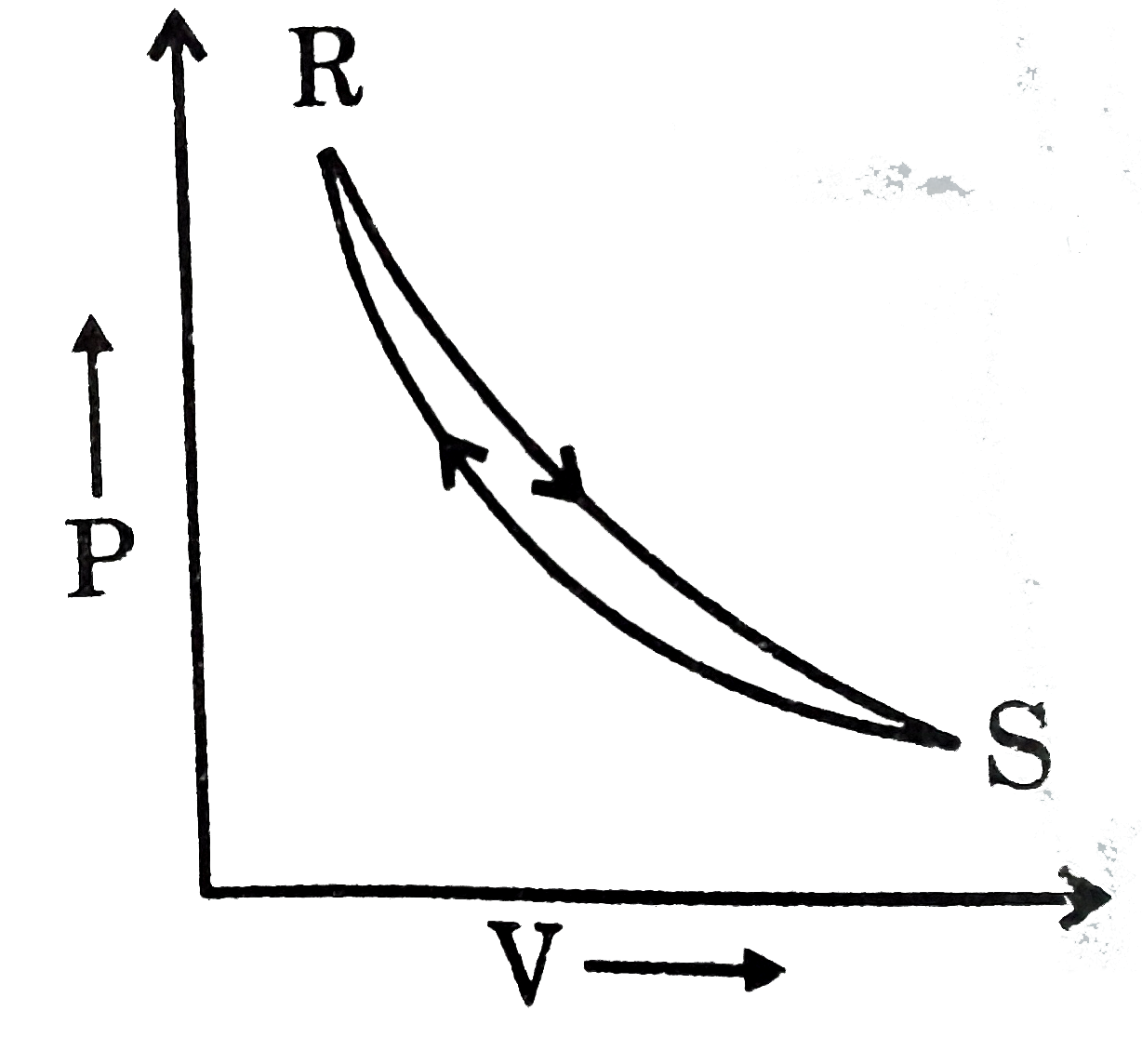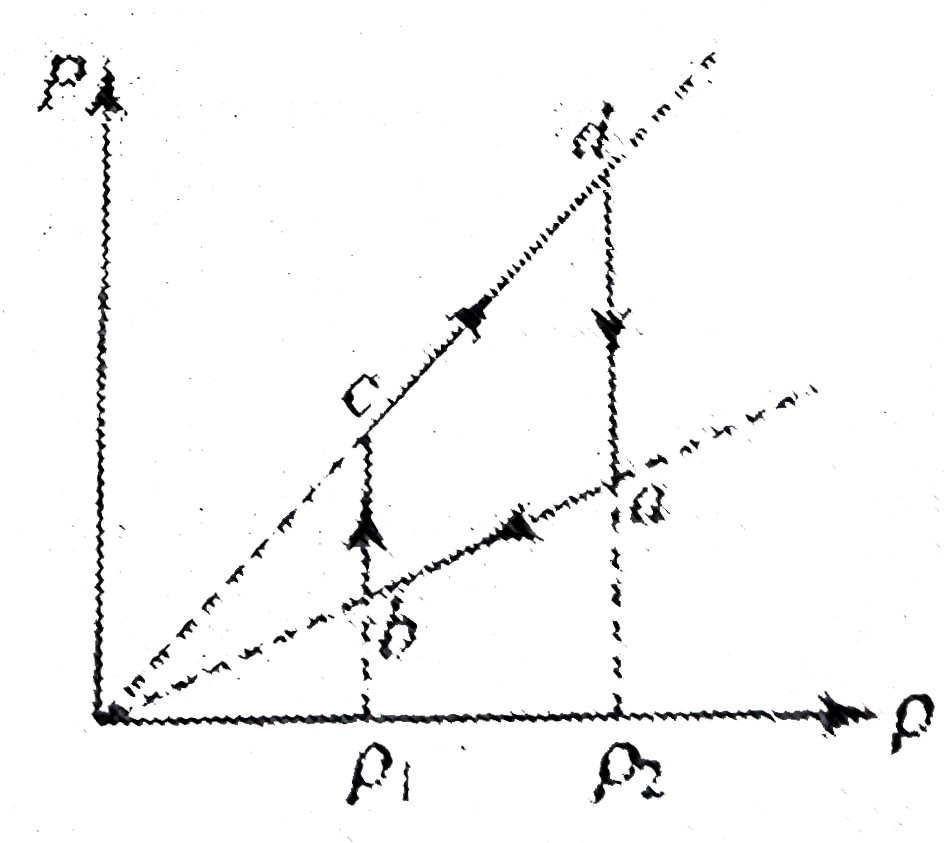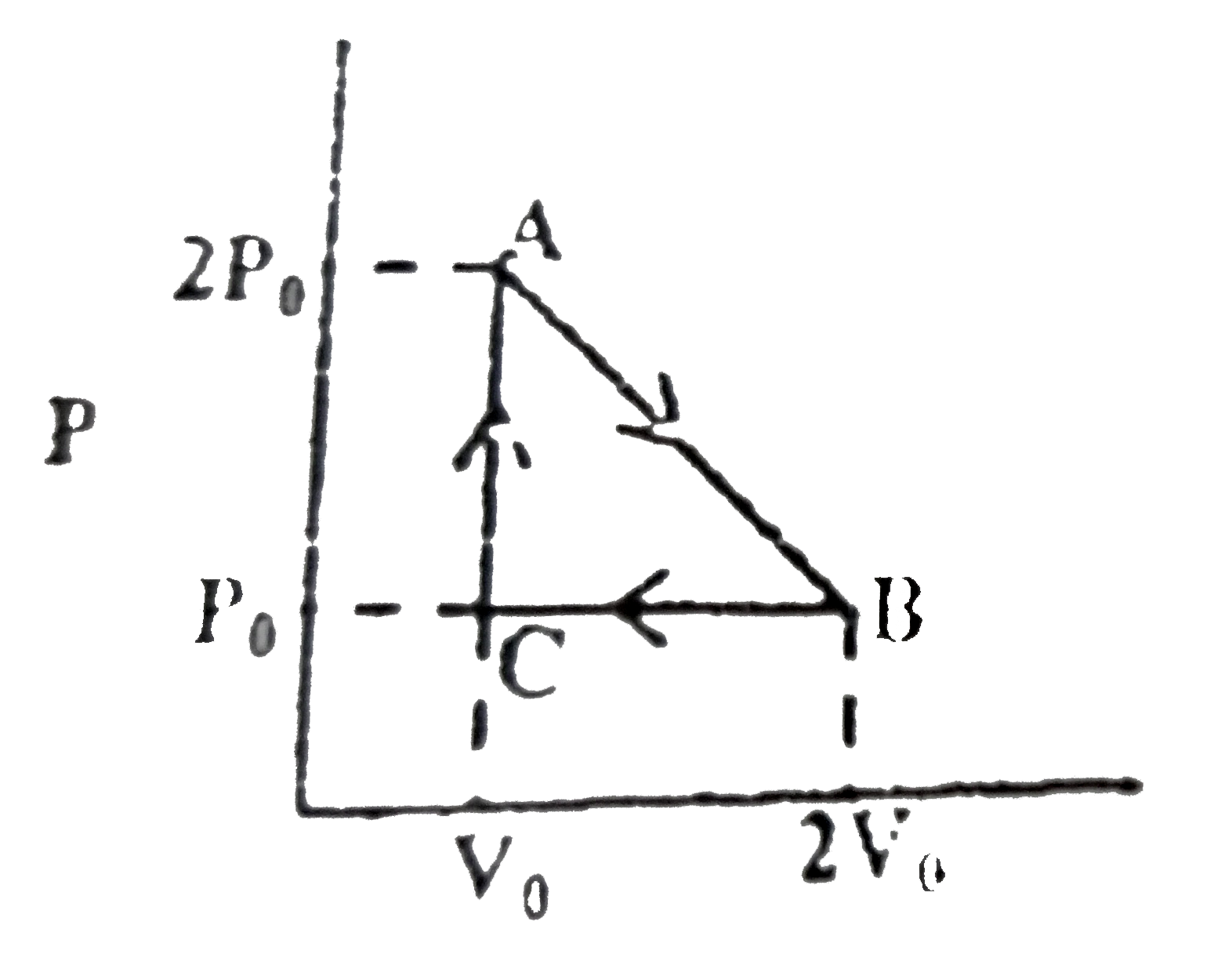For a cyclic process, which of the following is true?
ΔS=0
ΔU=0
ΔH=0
ΔG=0
To determine which statements are true for a cyclic process, we need to understand the characteristics of such a process and the properties of state functions.
1. Definition of a Cyclic Process:
A cyclic process is one where a system undergoes a series of changes and eventually returns to its initial state. This means that the initial and final states of the system are the same.
2. Understanding State Functions:
State functions are properties that depend only on the current state of the system, not on the path taken to reach that state. Examples of state functions include internal energy (U), enthalpy (H), entropy (S), and Gibbs free energy (G).
3. Change in Internal Energy (ΔU):
For a cyclic process, since the system returns to its initial state, the change in internal energy is given by:
ΔU=Ufinal−Uinitial=0
Therefore, ΔU = 0 for a cyclic process.
4. Change in Enthalpy (ΔH):
Similarly, since enthalpy is also a state function, we can conclude that:
ΔH=Hfinal−Hinitial=0
Thus, ΔH = 0 for a cyclic process.
5. Change in Entropy (ΔS):
The change in entropy for a cyclic process is also zero because the system returns to its original state:
ΔS=Sfinal−Sinitial=0
Therefore, ΔS = 0 for a cyclic process.
6. Change in Gibbs Free Energy (ΔG):
Gibbs free energy is defined as:
G=H−TS
For a cyclic process, since both ΔH and ΔS are zero, we can express the change in Gibbs free energy as:
ΔG=ΔH−TΔS=0−T⋅0=0
Thus, ΔG = 0 for a cyclic process.
Conclusion:
For a cyclic process, the following statements are true:
- Change in entropy (ΔS) = 0
- Change in internal energy (ΔU) = 0
- Change in enthalpy (ΔH) = 0
- Change in Gibbs free energy (ΔG) = 0
Therefore, all the options provided in the question are true.
A cyclic process is one where a system undergoes a series of changes and eventually returns to its initial state. This means that the initial and final states of the system are the same.
State functions are properties that depend only on the current state of the system, not on the path taken to reach that state. Examples of state functions include internal energy (U), enthalpy (H), entropy (S), and Gibbs free energy (G).
For a cyclic process, since the system returns to its initial state, the change in internal energy is given by:
ΔU=Ufinal−Uinitial=0
Therefore, ΔU = 0 for a cyclic process.
Similarly, since enthalpy is also a state function, we can conclude that:
ΔH=Hfinal−Hinitial=0
Thus, ΔH = 0 for a cyclic process.
The change in entropy for a cyclic process is also zero because the system returns to its original state:
ΔS=Sfinal−Sinitial=0
Therefore, ΔS = 0 for a cyclic process.
Gibbs free energy is defined as:
G=H−TS
For a cyclic process, since both ΔH and ΔS are zero, we can express the change in Gibbs free energy as:
ΔG=ΔH−TΔS=0−T⋅0=0
Thus, ΔG = 0 for a cyclic process.
For a cyclic process, the following statements are true:
- Change in entropy (ΔS) = 0
- Change in internal energy (ΔU) = 0
- Change in enthalpy (ΔH) = 0
- Change in Gibbs free energy (ΔG) = 0
Topper's Solved these Questions
- THERMODYNAMICSBOOK - CENGAGE CHEMISTRY ENGLISHCHAPTER - THERMODYNAMICSEXERCISE - Ex 6.2
27 Videos
- THERMODYNAMICSBOOK - CENGAGE CHEMISTRY ENGLISHCHAPTER - THERMODYNAMICSEXERCISE - Ex 6.3
27 Videos
- THERMODYNAMICSBOOK - CENGAGE CHEMISTRY ENGLISHCHAPTER - THERMODYNAMICSEXERCISE - Exercise
1 Videos
- STOICHIOMETRYBOOK - CENGAGE CHEMISTRY ENGLISHCHAPTER - STOICHIOMETRYEXERCISE - Archives Subjective
33 Videos
Similar Questions
Knowledge Check
In a cyclic process, which of the following statement is correct?
AChange in internal energy is not zeroBThe system returns to its initial state and it is reversibleCThe total heat absorbed by the system is not equal to work done by the systemDChange in internal energy is zero
In thermodynamic processes which of the following statement is not true?
View SolutionWhich of the following is true about RNAi process ?
View SolutionWhich of the following is a cyclic oxoacid
View SolutionIn cyclic quadrilateral ABCD (none of these being 90∘), which of the following is not true ?
View SolutionWhich one is not correct for a cyclic process as shown in the figure ?

View SolutionConsider the cyclic process R→S→R as shown in the fig. You are told that one of the path is adiabatic and the other one isothermal. Which one of the following is (are) true ?

View SolutionAn ideal gas undergoes a cyclic process abcda which is shown by pressure-density curve,

View Solution

